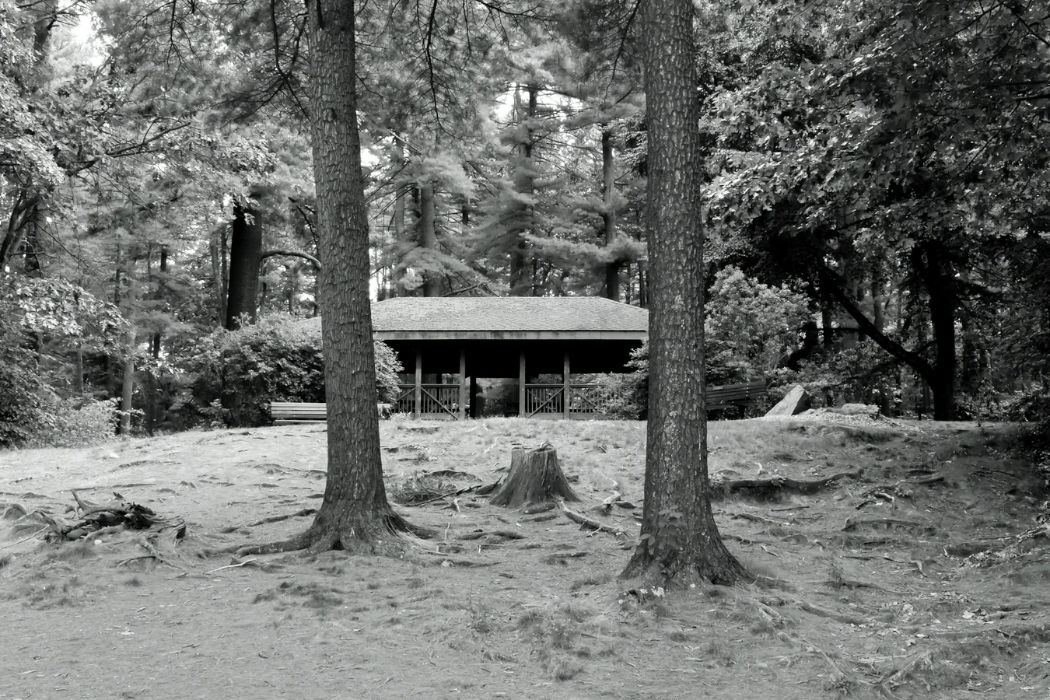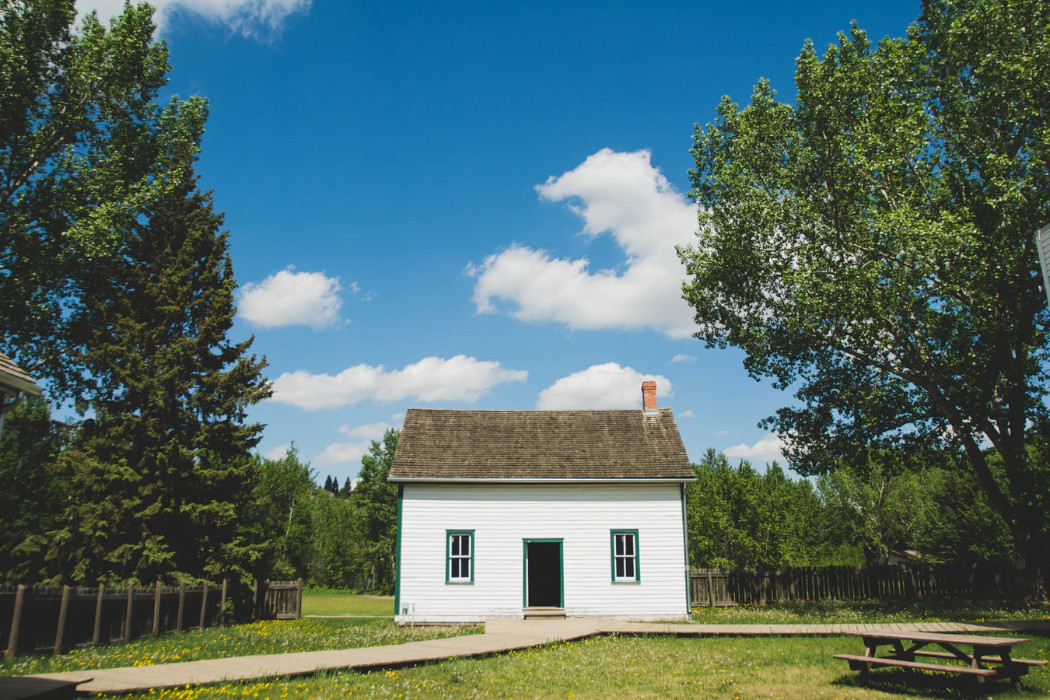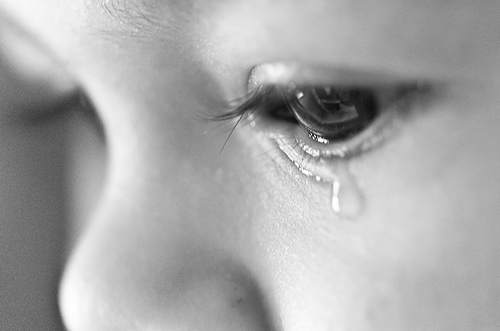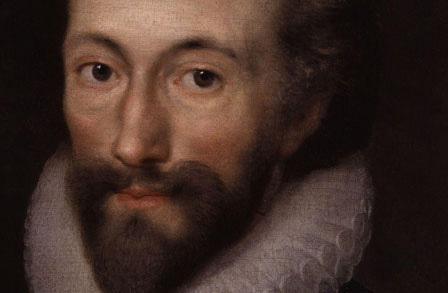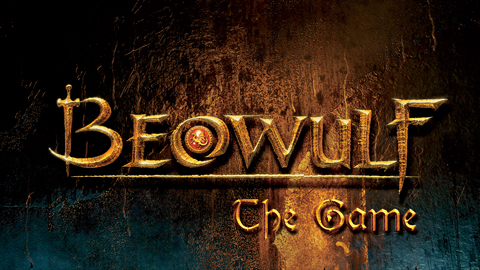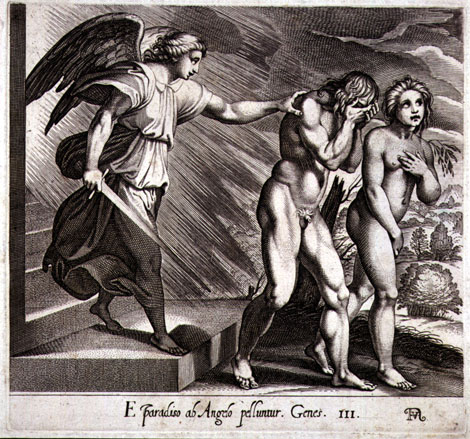“In Flanders Fields” is a war poem written during the First World War by Canadian physician Lieutenant-Colonel John McCrae. He wrote it on May 3, 1915, after presiding over the funeral of friend and fellow soldier Lieutenant Alexis Helmer, who died in the Second Battle of Ypres.
This poem acts as a remembrance, a call for those living not to forget the dead who are buried in a foreign land. It demands that the people living remember why the fallen died, so that they did not die in vain. This is one of the most famous poems of the First World War.
In Flanders Fields Analysis by Colonel John McCrae
The first stanza of “In Flanders Fields” establishes the poem’s setting and tone by presenting the contrasts of poppies growing among crosses (marking graves) and birds’ songs drowned out by gunfire. The slight motion of the wind-blown poppies in the first line renders the crosses’ stoic solidity fearsome; this effect is boosted by the gravity of the rows, implying that death is rigid and heartless. The use of poppies in this poem is significant in several ways.
First, the poppy is a bright flower, which creates a striking visual image since the poppies are set against the presumably drab or white colors of the crosses. Second, poppies grow in freshly turned soil, implying that the cemetery has seen much activity recently. The shift from the ground to the sky in the last half of this stanza broaden the poem’s visual range and adds sound to the sights that have been presented. This part of the stanza gives readers an oddly uneven perspective concerning the poem’s speaker: the focus of the visual imagery is presented as if the speaker is “in the sky,” away from the guns that are “down below.”
At the same time, however, the perspective is also on the ground, “amid the guns.” This creates an unsettling effect, like a Cubist painting, with the reader being able to take in several points of view simultaneously. In an open space such as a battlefield or a cemetery, where one’s attention would be drawn from one thing to another, this shift in perspective is hardly noticeable, but the impossibility of being in two places at the same time contributes to the poem’s nightmarish quality.
In the next stanza although the first-person, plural speaker of “In Flanders Fields” is alluded to in the third line, the reference is not very clear: the twisted syntax and the vagueness of what it means to have “our” places “marked” pushes the speakers’ identity away from the reader. The second stanza, though, leaves no question about who is speaking.
Not only do the Dead speak the poem—the word is capitalized to make them a specific group, not just a general category, but the speakers are identified as recently slain soldiers. McCrae uses two ideas here to encompass all of the goodness of life and to, by contrast, emphasize the pathos of prematurely losing the gift of existence. Dawn and sunset represent all earthly experiences because they symbolize the full, circular span of a twenty-four hour day. In addition, the Dead did not just watch dawn happen, but the rising sun was “felt,” indicating that not long ago, they were involved participants in the physical world. This leads readers to infer that their lives were full and complete, further signifying that their deaths were tragic, not a welcome release.
The last six lines of “In Flanders Fields” stand out as being very different from the rest of the poem. The first two stanzas are sad, while the third is defiant; the first two are physical, the third is mental; the first two are about the end of the speakers’ lives, and the last is about those lives being carried on symbolically. Without a doubt, it is the last stanza’s call to action that made “In Flanders Fields” hugely popular during the First World War and since that time. After first invoking the pity of death during wartime, the poem gives readers a chance to fight against that horror by catching and holding the “torch.”
This torch apparently stands for the ideals that the vanquished soldiers died for, but even without knowing the issues that propelled each side during World War I, whether the Dead supported good policies or bad, readers can sense that honor is involved, that honor is the torch, and that the torch can be extinguished without proper care. While the use of the first-person narrator makes the early part of the poem, more touching by creating a degree of relationship with the reader that an anonymous narrator would lack, the same technique in the last stanza is vaguely threatening.
Readers who are not stirred to action by the fear that honor will be extinguished are warned that if they “break faith” (their inaction is reversed to an action) the dead shall not sleep—a thought that should haunt the passive.
CONCLUSION
It is one of the most popular and most quoted poems from the war. As a result of its immediate popularity, parts of the poem were used in efforts and appeals to recruit soldiers and raise money selling war bonds. Its references to the red poppies that grew over the graves of fallen soldiers resulted in the remembrance poppy becoming one of the world’s most recognized memorial symbols for soldiers who have died in conflict. The poem and poppy are prominent Remembrance Day symbols throughout the Commonwealth of Nations, particularly in Canada, where “In Flanders Fields” is one of the nation’s best-known literary works. The poem is also widely known in the United States, where it is associated with Memorial Day.
Some online learning platforms provide certifications, while others are designed to simply grow your skills in your personal and professional life. Including Masterclass and Coursera, here are our recommendations for the best online learning platforms you can sign up for today.
The 7 Best Online Learning Platforms of 2022
- Best Overall: Coursera
- Best for Niche Topics: Udemy
- Best for Creative Fields: Skillshare
- Best for Celebrity Lessons: MasterClass
- Best for STEM: EdX
- Best for Career Building: Udacity
- Best for Data Learning: Pluralsight

